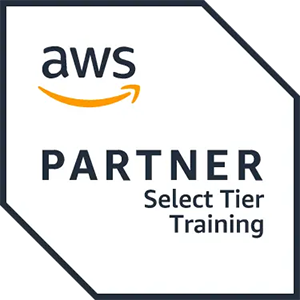The Data Science for Marketing Analytics course, covers every stage of data analytics, from working with a raw dataset to segmenting a population and modelling different parts of the population based on the segments.
The course starts by teaching you how to use Python libraries, such as pandas and Matplotlib, to read data from Python, manipulate it, and create plots, using both categorical and continuous variables. Then, you’ll learn how to segment a population into groups and use different clustering techniques to evaluate customer segmentation. As you make your way through the chapters, you’ll explore ways to evaluate and select the best segmentation approach and go on to create a linear regression model on customer value data to predict lifetime value. In the concluding chapters, you’ll gain an understanding of regression techniques and tools for evaluating regression models and explore ways to predict customer choice using classification algorithms. Finally, you’ll apply these techniques to create a churn model for modelling customer product choices.
By the end of this course, you will be able to build your own marketing reporting and interactive dashboard solutions.

 United Kingdom
United Kingdom Germany
Germany Denmark
Denmark Sweden
Sweden Italy
Italy Netherlands
Netherlands Norway
Norway 
















 Kesto
Kesto  Toimitus
Toimitus  Hinta
Hinta